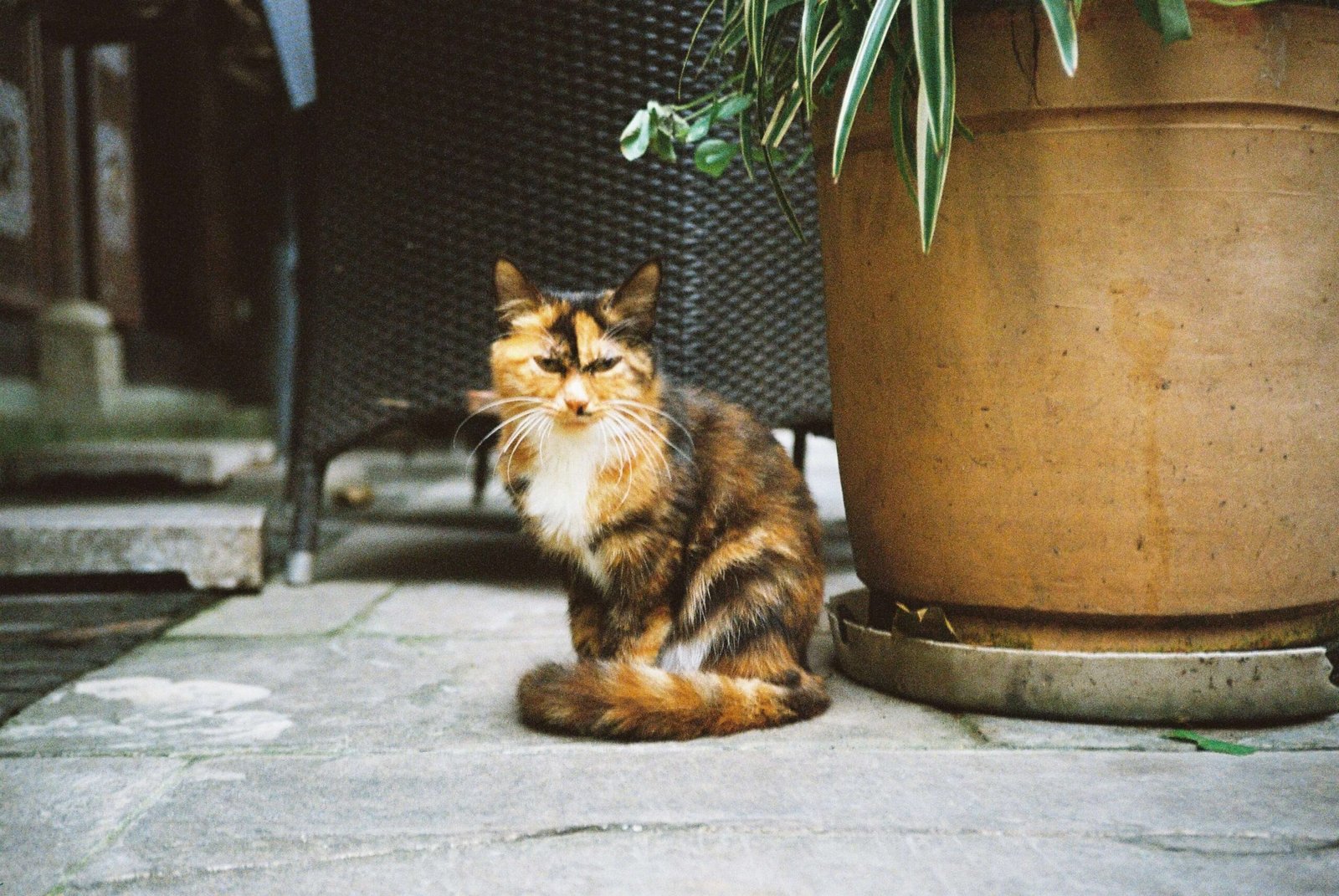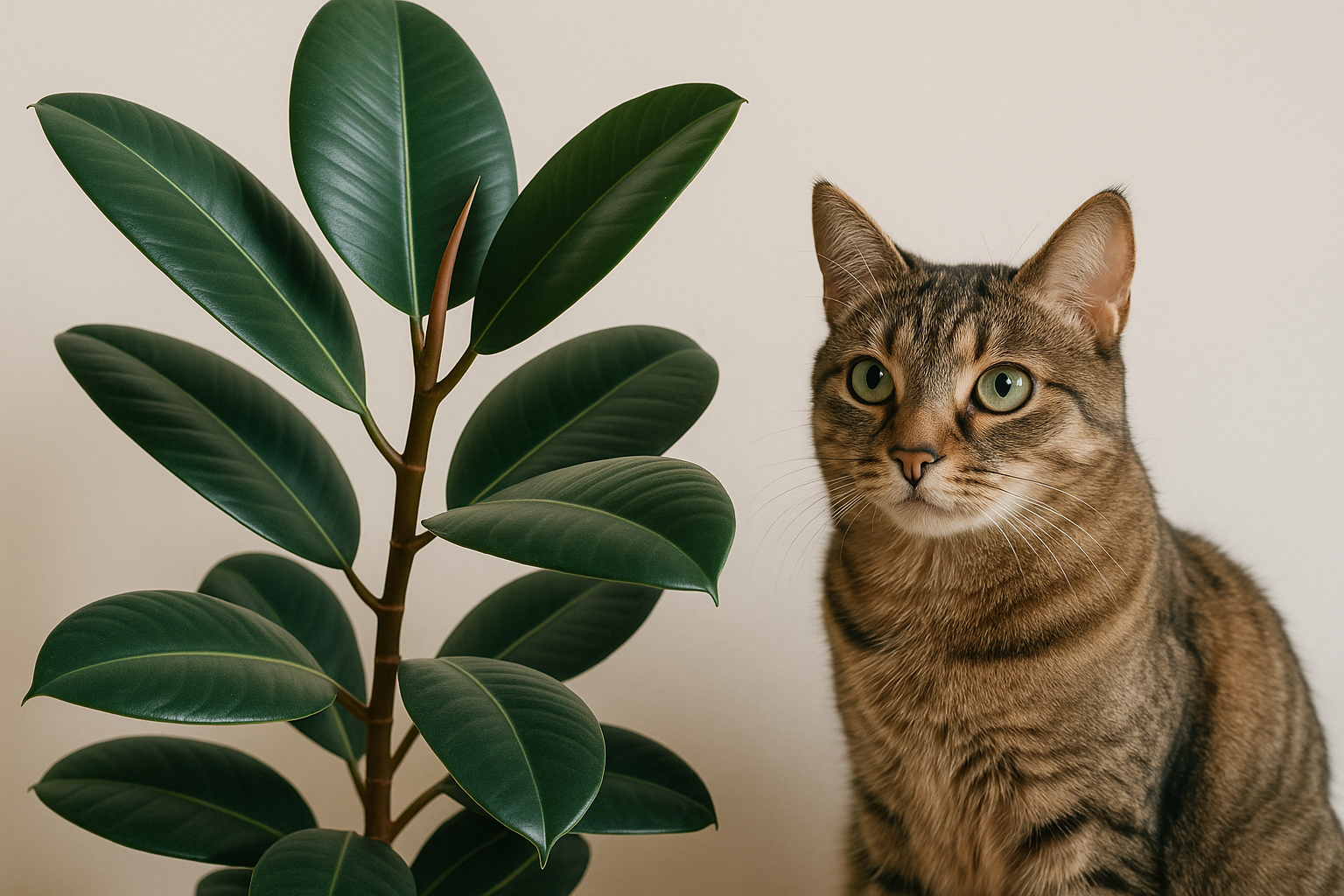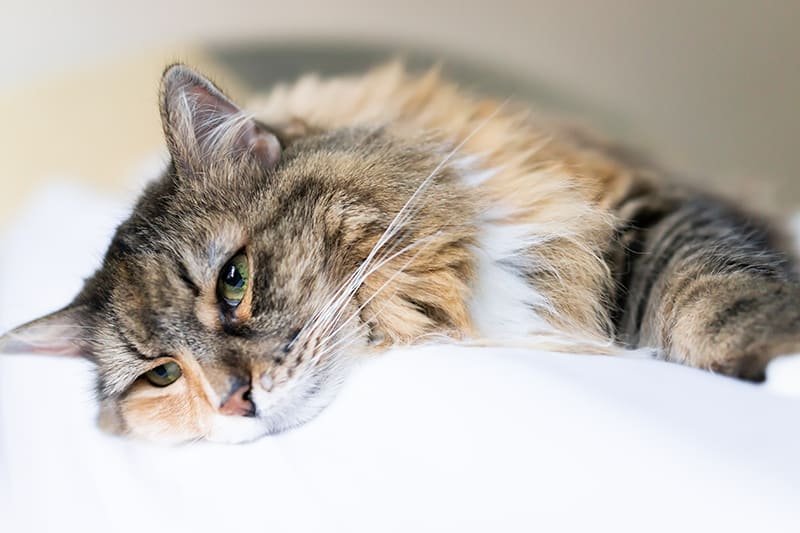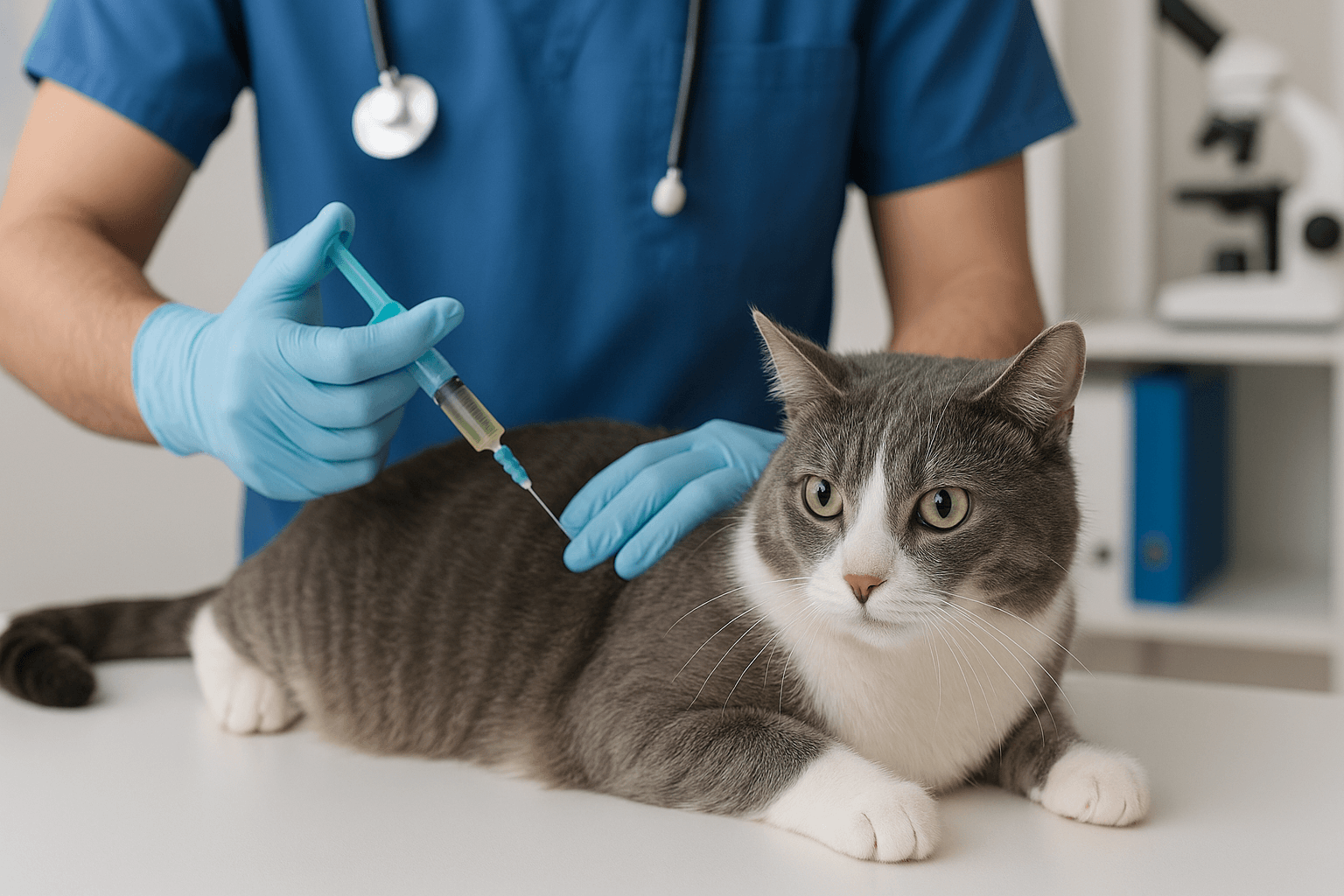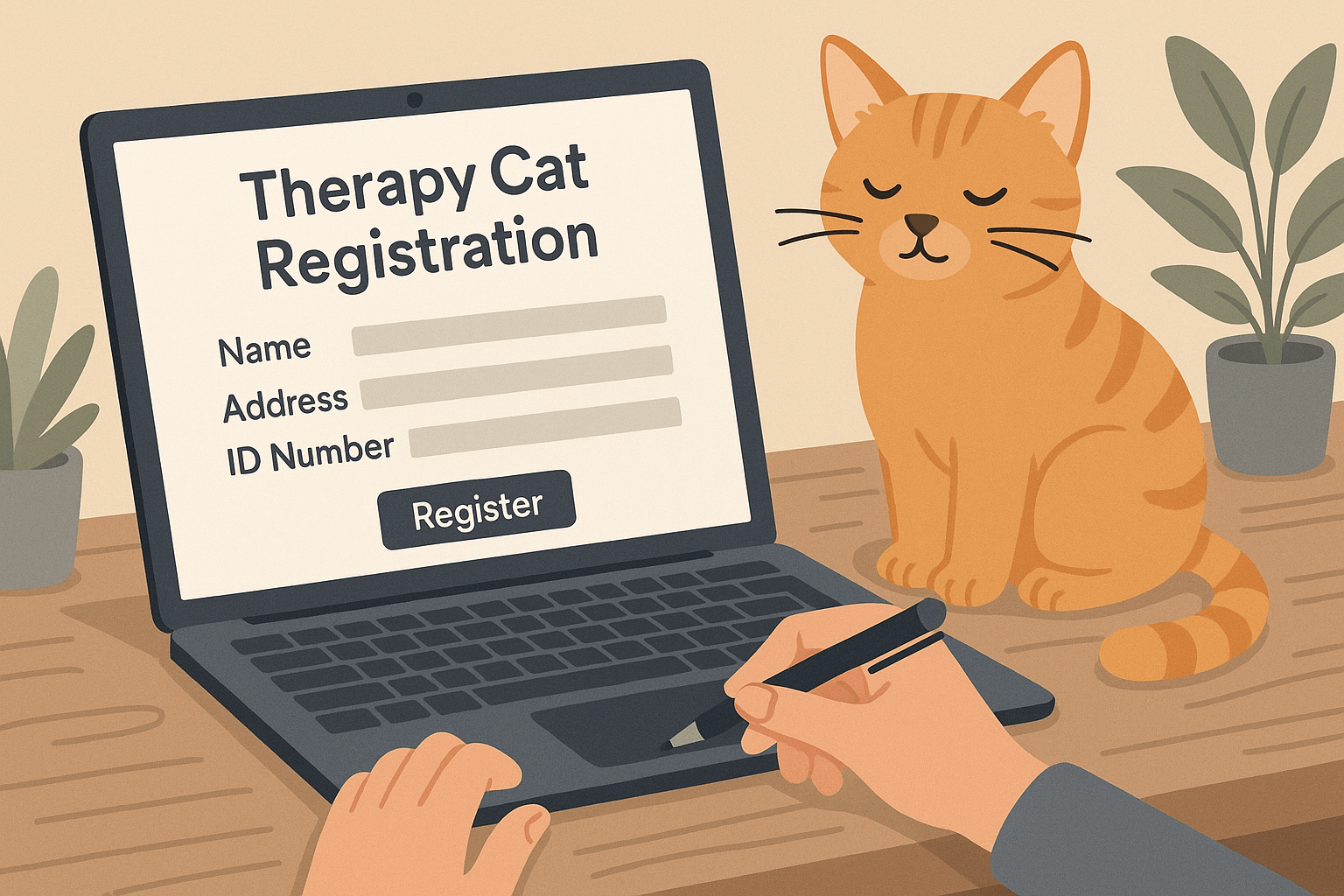Is My Cat Depressed? Understanding Feline Emotions
Cats are known for their independent nature, playful antics, and mysterious behavior. But what happens when your usually lively feline friend starts acting out of character? If you’ve noticed changes in your cat’s behavior, you might be wondering: Is my cat depressed? While cats don’t experience depression in the same way humans do, they can certainly exhibit signs of emotional distress or behavioral changes that resemble sadness. In this blog post, we’ll explore the potential causes of feline mood shifts, how to identify them, and what you can do to help your furry companion feel better.
Signs That Your Cat May Be Feeling Down
Cats communicate their emotions through subtle cues, and recognizing these signs is key to understanding their mental state. Here are some common indicators that your cat may be experiencing emotional distress:
Lack of Interest in Play:
Cats love to play, whether it’s chasing toys or pouncing on imaginary prey. A sudden disinterest in activities they once enjoyed could signal a problem.Changes in Appetite:
Noticeable weight loss or gain, or refusing to eat altogether, might indicate underlying stress or unhappiness.Excessive Hiding or Withdrawal:
While cats enjoy their alone time, excessive hiding or avoiding interaction may point to deeper issues.Increased Vocalization or Silence:
Some cats become unusually quiet when upset, while others vocalize more than usual as a cry for attention.Over-Grooming or Neglecting Grooming:
Both extremes—excessive grooming leading to bald patches or neglecting hygiene entirely—are red flags.
If you notice any combination of these behaviors, it’s important to address them promptly. Early intervention can make a significant difference in your cat’s well-being.
Common Causes of Emotional Distress in Cats
Understanding why your cat might be feeling down requires looking at their environment and lifestyle. Below are some factors that could contribute to feline emotional struggles:
Environmental Changes:
Moving homes, rearranging furniture, or introducing new pets can disrupt a cat’s sense of security.Loss of a Companion:
The death of another pet or even a human family member can deeply affect a cat’s emotional health.Boredom or Lack of Stimulation:
Cats need mental and physical stimulation. Without it, they can become lethargic and withdrawn.Health Issues:
Physical ailments such as arthritis, dental pain, or chronic illnesses often manifest as behavioral changes.Inadequate Social Interaction:
Cats crave companionship, even if they appear aloof. Ignoring their need for connection can lead to feelings of loneliness.
By identifying potential triggers, you can take steps to improve your cat’s quality of life. Remember, addressing the root cause is crucial for long-term recovery.
Check this guide 👉How to Cheer Up a Depressed Cat: Best 7 Expert Tips!
Check this guide 👉Why Is My Cat Crying Tears? Best 7 Health Tips!
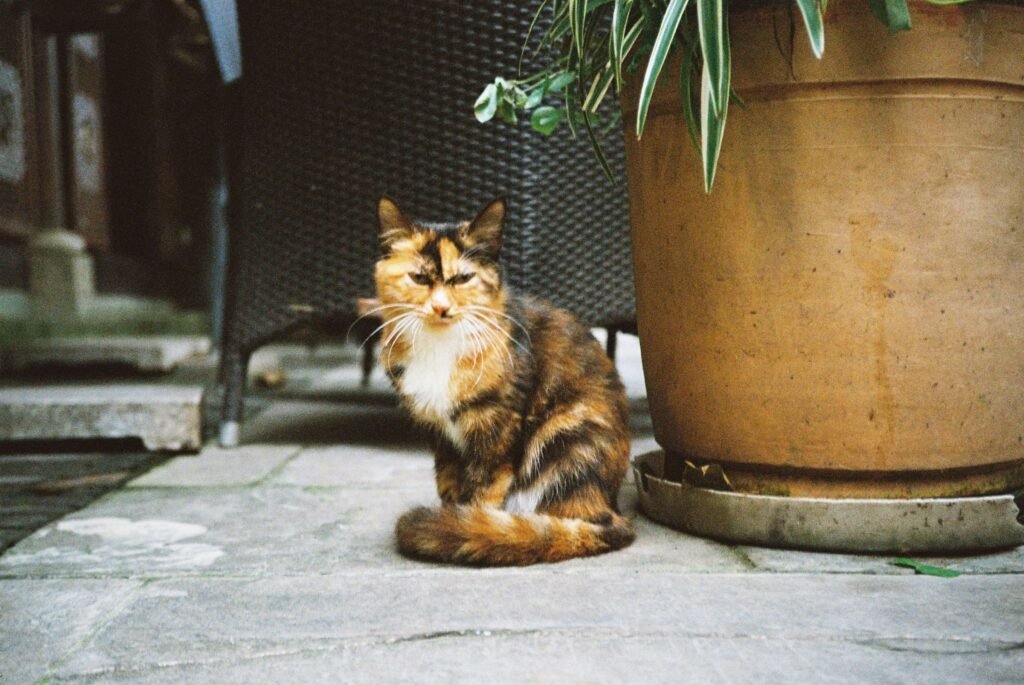
Signs of Depression in Cats | Possible Solutions |
|---|---|
Loss of appetite | Offer tasty treats or try different food brands |
Excessive hiding | Create safe spaces like cozy hideaways |
Over-grooming | Provide distractions like interactive toys |
Lack of energy | Engage in gentle play sessions daily |
Increased aggression | Consult a vet to rule out medical causes |
How to Support Your Cat’s Emotional Well-Being
Helping your cat overcome emotional distress involves patience and proactive measures. Consider implementing the following strategies:
Establish a Routine:
Cats thrive on predictability. Feeding, playing, and sleeping at consistent times can provide comfort.Enrich Their Environment:
Add scratching posts, climbing trees, or window perches to keep them entertained.Spend Quality Time Together:
Even just sitting near your cat or gently petting them can strengthen your bond.Introduce New Toys Gradually:
Rotate toys regularly to maintain novelty and excitement.Consult a Veterinarian:
If behavioral changes persist, seek professional advice to rule out underlying health conditions.
By taking these steps, you can create a supportive environment that nurtures your cat’s happiness and overall well-being.
When to Seek Professional Help
While many cases of feline distress can be resolved at home, there are situations where professional guidance is necessary. Here are scenarios where consulting a veterinarian or animal behaviorist is recommended:
Sudden Behavioral Changes:
Any abrupt shift in personality or habits warrants investigation.Persistent Symptoms:
If your cat continues to show signs of distress despite your efforts, expert input is essential.Physical Symptoms Accompanying Behavioral Changes:
Limping, vomiting, or other visible ailments should never be ignored.Difficulty Eating or Drinking:
This could indicate pain or illness requiring immediate attention.Self-Harm Behaviors:
Excessive licking, biting, or scratching until wounds form needs urgent care.
Timely intervention from professionals ensures your cat receives the best possible support during challenging times.
Understanding Feline Body Language
Cats communicate their emotions through body language, and decoding these signals can help you better understand their mental state. By paying close attention to their posture, facial expressions, and movements, you can identify potential signs of distress.
Flattened Ears:
When a cat’s ears are pinned back, it often indicates fear or anxiety.Puffed-Up Tail:
A tail that looks like a bottle brush suggests agitation or defensiveness.Half-Closed Eyes:
Slow blinking or half-closed eyes usually mean your cat feels safe and trusts you.Tucked Tail:
A tail tucked between the legs can signal submission or discomfort.Arched Back with Fluffed Fur:
This posture is typically a sign of feeling threatened or scared.
Understanding these subtle cues allows you to respond appropriately and provide reassurance when your cat needs it most.
Creating a Stress-Free Environment
A calm and enriching environment plays a crucial role in maintaining your cat’s emotional well-being. Simple adjustments to your home can make a world of difference in helping your cat feel secure and content.
Provide Vertical Space:
Install cat shelves or trees to give your feline friend opportunities to climb and observe their surroundings.Minimize Noise Levels:
Loud or sudden noises can startle cats, so try to keep your home as quiet as possible.Use Calming Scents:
Products containing synthetic pheromones, like Feliway, can help reduce stress in cats.Offer Hiding Spots:
Cardboard boxes or enclosed beds provide safe spaces for retreat during stressful moments.Maintain Cleanliness:
Regularly clean litter boxes and sleeping areas to ensure your cat feels comfortable.
By making these small changes, you can create a peaceful sanctuary that supports your cat’s emotional health.
Strengthening Your Bond Through Play
Playtime isn’t just fun—it’s an essential way to strengthen your bond with your cat while boosting their mood. Engaging in interactive play sessions can alleviate boredom and encourage positive behavior.
Use Wand Toys:
Feather wands or string toys mimic prey, stimulating your cat’s hunting instincts.Rotate Toys Regularly:
Keep things interesting by swapping out toys every few days to maintain novelty.Incorporate Treat Dispensers:
Puzzle feeders or treat balls challenge your cat mentally and physically.Schedule Daily Play Sessions:
Aim for at least 15–20 minutes of playtime each day to keep your cat active and engaged.Reward Positive Behavior:
Offer praise or treats after play to reinforce good habits and build trust.
Through consistent play and interaction, you’ll not only lift your cat’s spirits but also deepen your connection with them.
Frequently Asked Questions About Cat Depression
Can cats really get depressed?
While cats don’t experience clinical depression like humans, they can display symptoms of emotional distress due to environmental or health-related factors.
What should I do if my cat stops eating?
Try offering wet food or treats, but consult a vet if the issue persists beyond 24 hours.
How long does it take for a cat to adjust to change?
Adjustment periods vary, but most cats adapt within a few weeks given proper support.
Are certain breeds more prone to emotional issues?
Some breeds, like Siamese or Bengal cats, are known for being highly sensitive and may require extra attention.
Should I punish my cat for destructive behavior?
No, punishment can worsen stress. Instead, redirect their energy toward positive outlets like toys or playtime.
Final Thoughts: Nurturing Your Cat’s Happiness
Caring for a cat goes beyond providing food and shelter—it’s about fostering an environment where they feel safe, loved, and stimulated. If you suspect your cat is experiencing emotional distress, remember that small changes can have a big impact. From enriching their surroundings to spending quality time together, every effort counts. And if challenges persist, don’t hesitate to reach out to a veterinarian or animal behaviorist. By staying attuned to your cat’s needs, you’ll not only strengthen your bond but also ensure they live a happy, fulfilling life. After all, a content cat makes for a joyful home!
Is the Rubber Tree Cat Safe? Best 7 Expert Tips! Discover expert advice on keeping rubber plants safely in cat-friendly homes and learn top tips for pet-safe plant care.
Low Red Blood Cell Count in Cats: Best 7 Expert Tips! Discover causes, symptoms, and treatment options for feline anemia. Learn how to support your cat’s health effectively with expert advice.
Understanding Megacolon Treatment: Best 7 Expert Tips! Discover effective strategies to manage feline megacolon, from dietary changes to surgical options, ensuring your cat’s comfort and long-term health.
How to Register a Therapy Cat: Best 7 Expert Tips! Discover essential steps to certify your cat as a therapy animal, prepare them for training, and make a meaningful impact in therapeutic settings.

